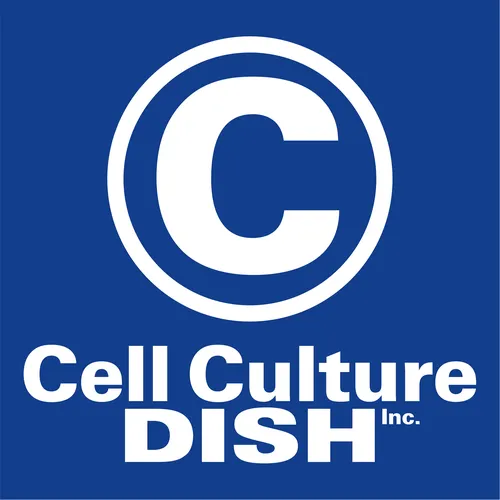Innovative vaccine manufacturing enables the delivery of vaccines to the developing world
- Author
- The Cell Culture Dish
- Published
- Wed 19 Jun 2019
- Episode Link
- https://cellculturedish.com/innovative-vaccine-manufacturing-enables-the-delivery-of-vaccines-to-the-developing-world/
In this podcast, we interviewed Dr. Alex Chatel, Product Manager, Viral Applications, Univercells about the biggest challenges facing vaccine manufacturing today, why it is so difficult to manufacture and deliver vaccines to the developing world and how a novel technology with the support of the Gates Foundation is poised to address these challenges.
I began the interview by asking Dr. Chatel what he sees as the biggest challenges facing vaccine manufacturing today. He stated that the main challenge is manufacturing capacity and as a result, vaccine supply is too low compared to what is needed. Another big problem is that vaccines are being manufactured today using technologies that are outdated. These inefficient vaccine manufacturing methods cause both captial expenditure and operating expenses to be higher than necessary. Unfortunately the cost of production of vaccines will remain too high unless a change in manufacturing is implemented.
Next, I asked him why it is difficult to manufacture and distribute vaccines to the developing world? He explained that the capacity and outdated technology problems are issues in both the developed and developing world. However, the developing world has the additional challenge of distribution, specifically cold chain. Maintaining product stability is obviously important to maintaining efficacy, but cold chain distribution is often hard to maintain from manufacture to delivery in some of these areas. Some companies are working on developing more stable formulations for travel and other solutions. Administration of the vaccine and managing the proper handling and disposal of syringes is also difficult and presents the risk of spreading infectious disease.
We then discussed how Univercells’ Scale-X technology helps enable vaccines delivery worldwide? He explained that most viral vaccines are manufactured using adherent cells and thus they need a point of anchorage for production. Currently support matrices used in vaccine manufacturing include microcarriers in bioreactors or static systems such as roller bottles or stacked plate equipment. Scale-X couples the advantage of having the environmental culture control found in bioreactors with the gentle growth environment of static systems. In this system, the cells adhere to the support matrix, while nutrients in the culture media are circulated around the cells gently. On of the key advantages of this approach is that a high level of production can be achieved in a small footprint of equipment. This enables better facility design and utilization, plus capital expenditures are much less than traditional manufacturing technologies where more facility space and environmental controls are necessary.
Another advantage that Alex shared is that the equipment is small and fully automated with only a small number of operations required to run the system. This provides a much less risky and less costly alternative to traditional manufacturing where more manual operations increase risk of error and require more labor to operate. In addition, the Scale-X technology is highly scalable and permits easy and quick scale up to larger volumes. Cells receive a consistent experience at both small and large scales, so scale up is quite simple.
Alex then explained how Univercells has demonstrate success of the platform through hundreds of experiments using vero cells to produce polio vaccine. Through a grant given by the Bill and Melinda Gates foundation, they have looked at improving the manufacturing of the polio vaccine from R&D to pilot scale and are now ready to scale up to large scale production. They plan to manufacture their first lot of clinical material and have also been gathering experience with other cell types and viruses for vaccine manufacturing and the manufacturing of viral vectors for cell and gene therapy applications.
I then asked if Alex could tell me a little mor...
